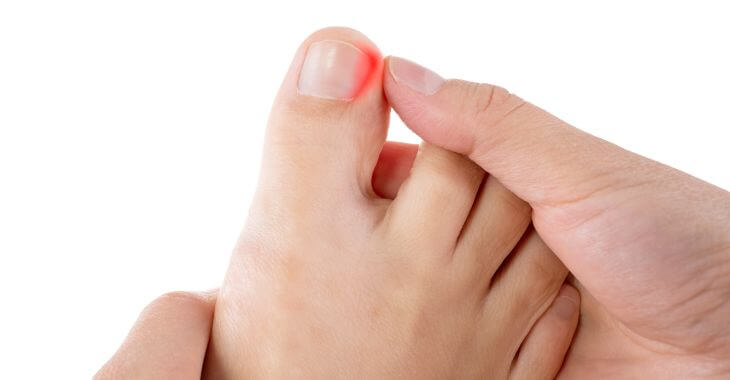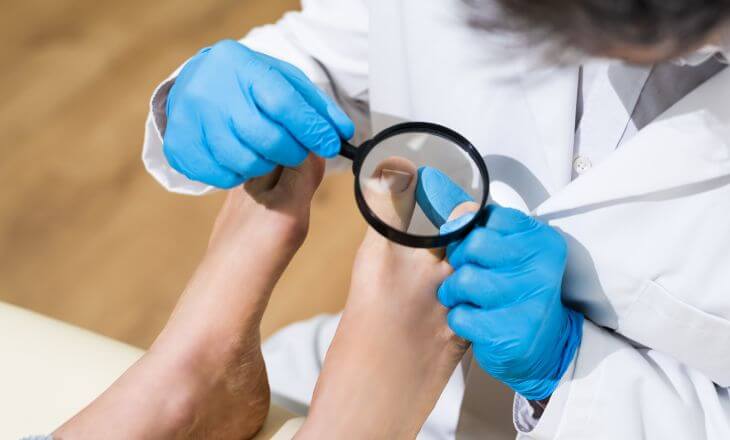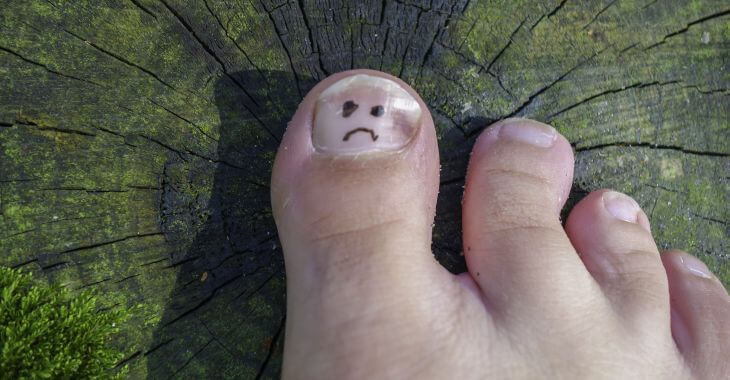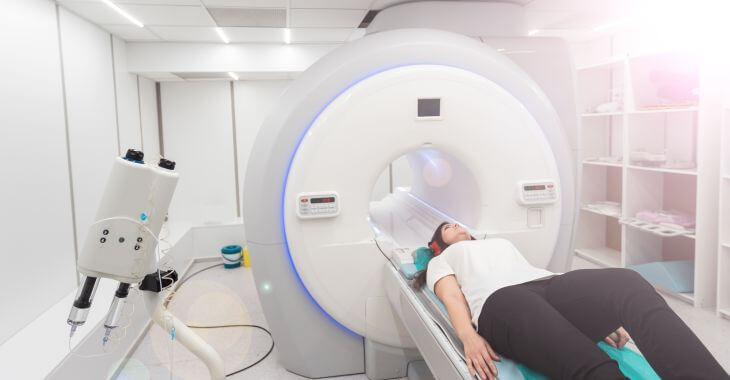Will an Ingrown Toenail Eventually Grow Out?

Ingrown toenails are a common and painful condition where the edge of the nail grows into the skin. This issue can lead to discomfort, infection, and difficulty walking. Many people wonder, “Will an ingrown toenail eventually grow out?” Let’s explore this question and other related concerns.
An ingrown toenail occurs when the nail’s edge digs into the surrounding skin, causing pain, redness, and swelling. Common causes include improper nail trimming, tight footwear, and genetic predisposition. Recognizing these factors is crucial for managing and preventing the condition.
Will Ingrown Toenail Heal Itself?
The question, “Will an ingrown toenail heal itself?” is common among those suffering from this condition. In some cases, minor ingrown toenails can heal on their own with proper home care, but more severe cases may require medical intervention to prevent complications.
Do Ingrown Toenails Go Away on Their Own?
If you wonder, “Do ingrown toenails go away on their own?” The answer depends on the severity. Mild cases might resolve with self-care measures like soaking the foot and proper nail trimming. However, persistent or severe ingrown toenails typically need professional treatment to ensure complete healing.
Home Care for Ingrown Toenails
For minor ingrown toenails, home care can be effective. Soaking the affected foot in warm, soapy water can reduce swelling and discomfort. Keeping the nail trimmed straight across and wearing comfortable shoes can also help prevent further issues, promoting quicker recovery.
To prevent and manage ingrown toenails, trim nails straight across rather than rounding the edges. Avoid cutting nails too short, as this can encourage them to grow into the skin. Using clean, sharp nail clippers helps ensure a smooth, even cut, reducing the risk of injury.
When to Seek Medical Attention
If an ingrown toenail does not improve with home care or shows signs of infection (such as increased pain, pus, or redness spreading), it is essential to seek medical attention. A healthcare professional can provide appropriate treatment to prevent complications and promote healing.
Infections can develop if an ingrown toenail is left untreated. Symptoms include increased pain, redness, swelling, and the presence of pus. In severe cases, fever and a spreading infection can occur. Prompt medical treatment is necessary to address infections and prevent further issues.
Treatment Options
Medical treatments for ingrown toenails range from conservative approaches to surgical procedures. These can include lifting the nail, partial nail removal, or complete nail removal in severe cases. Proper aftercare is crucial to ensure healing and prevent recurrence, tailored to each individual’s needs.
Conservative Treatments
Conservative treatments involve non-surgical methods to alleviate symptoms and promote healing. These may include soaking the foot, using antibiotic ointments, and placing cotton or dental floss under the nail to encourage it to grow above the skin’s edge. These methods are effective for mild cases.
Surgical Treatments
For severe or recurrent ingrown toenails, surgical intervention may be necessary. Procedures can include partial or total nail removal, often performed under local anesthesia. Post-surgical care is vital to ensure proper healing and prevent infection, with follow-up visits to monitor progress.
Preventing Ingrown Toenails
Preventive measures can reduce the risk of developing ingrown toenails. These include proper nail trimming techniques, wearing well-fitting shoes, and avoiding trauma to the toes. Regular foot care is essential for those prone to this condition, helping maintain overall foot health.
Wearing shoes that fit well and provide adequate room for your toes can prevent ingrown toenails. Avoid tight, narrow shoes that squeeze the toes together. Instead, opt for footwear with a wide toe box and good support to minimize pressure on the toes and nails.
The Role of Genetics
Genetics can play a role in the development of ingrown toenails. Individuals with a family history of this condition may be more susceptible. Understanding this can help in taking proactive steps to prevent and manage ingrown toenails tailored to each individual’s genetic predisposition.
Complications of Untreated Ingrown Toenails
Ignoring an ingrown toenail can lead to complications such as infection, abscess formation, and even permanent nail damage. It is crucial to address the issue promptly to avoid these potential problems and ensure healthy nail growth and foot function.
Chronic ingrown toenails can cause persistent pain and discomfort, affecting daily activities. Recurrent issues may indicate underlying problems such as improper nail trimming or footwear choices. Consulting a healthcare professional can help identify and address these contributing factors.
Managing Pain and Discomfort
Over-the-counter pain relievers can help manage the pain associated with ingrown toenails. Applying ice packs to the affected area can reduce swelling and numb the pain. Elevating the foot can also alleviate discomfort and promote healing, particularly in acute cases.
Making lifestyle adjustments, such as choosing appropriate footwear and practicing good foot hygiene, can significantly reduce discomfort and the risk of ingrown toenails. Regularly inspecting your feet for signs of ingrown nails and addressing them early can prevent more serious complications.

Whether an ingrown toenail will eventually grow out depends on its severity and proper care. Mild cases may heal on their own, but severe ingrown toenails require medical attention. By understanding the condition and taking preventive measures, you can reduce the risk of ingrown toenail complications.
The information provided on this website, including text, graphics, images, and other materials, is intended solely for informational purposes and should not be used as a substitute for professional medical advice, diagnosis, or treatment.



)